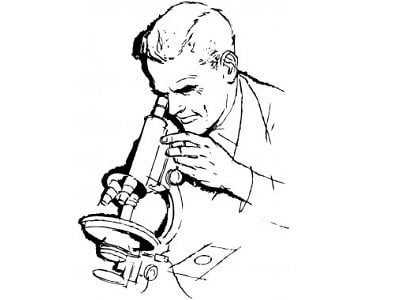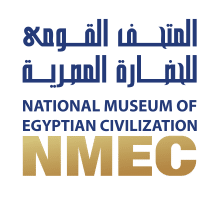
The National Museum of Egyptian Civilization has a Paleobiobank as a reference unit for the organization of archaeological in the Ministry of Tourism and Antiquities. This emphasizes the importance of having a biological repository for preserving biological samples from different organisms as one of the main foundations in life science research and in preserving the genetic origins of various organisms. This bank or bio-repository will play many roles related to life science research. It will store samples that were only available to be taken for a short time (such as some archaeological samples from which samples were taken only once due to their archaeological importance or to unavailability for resampling after their discovery). Also, it will save samples of extinction-prone organisms (such as; some types of wild, extinct or rare plants, and animals, or microbes with unique characteristics). The field of ancient life science research is similar to its contemporary counterpart in the demand to have an archaeological biological repository for preserving samples of biological remains of all kinds (human, animal, plant, or microbial). The bank will store samples using an integrated classification system and thorough scientific documentation.
Objectives of the Paleobiobank:
The idea of establishing a Paleobiobank arose from the need to preserve reference samples of mummies, skeletons, plant and animal remains and to make them available for study by various scientific research disciplines. This will help in drawing a clearer picture of the Egyptian civilization through the studies of its various aspects, in addition to the possibility of making use of the ancient knowledge in discovering and generating useful information for the current fields of industry and health. This will be considered new economic opportunities for ancient Egyptian heritage.
The basic structure of the bank:
- A laboratory for receiving, handling, and processing samples (cleaning the samples from pollutants and sterilization). In addition to their classification (according to the organism nature (human, animal, or plant), the era, the dynasty, the discovery site, the social class of the person (Royals, nobles or workers) … etc.).
- A sample storage unit with high-cooling devices for preserving biological samples using biobank standard measures.
- A small laboratory equipped to execute minor laboratory procedures such as dividing stored samples and making quality control and assurance tests, etc.
- A database unit for archiving samples (electronic archive).
Sample handling mechanism:
The biobank will follow a clear policy concerning the availability of archaeological samples for study, whereby protocols for handling and allowing researchers to deposit and receive samples for the study will be devised according to the framework of the policies and decisions of the supreme council of antiquities.
